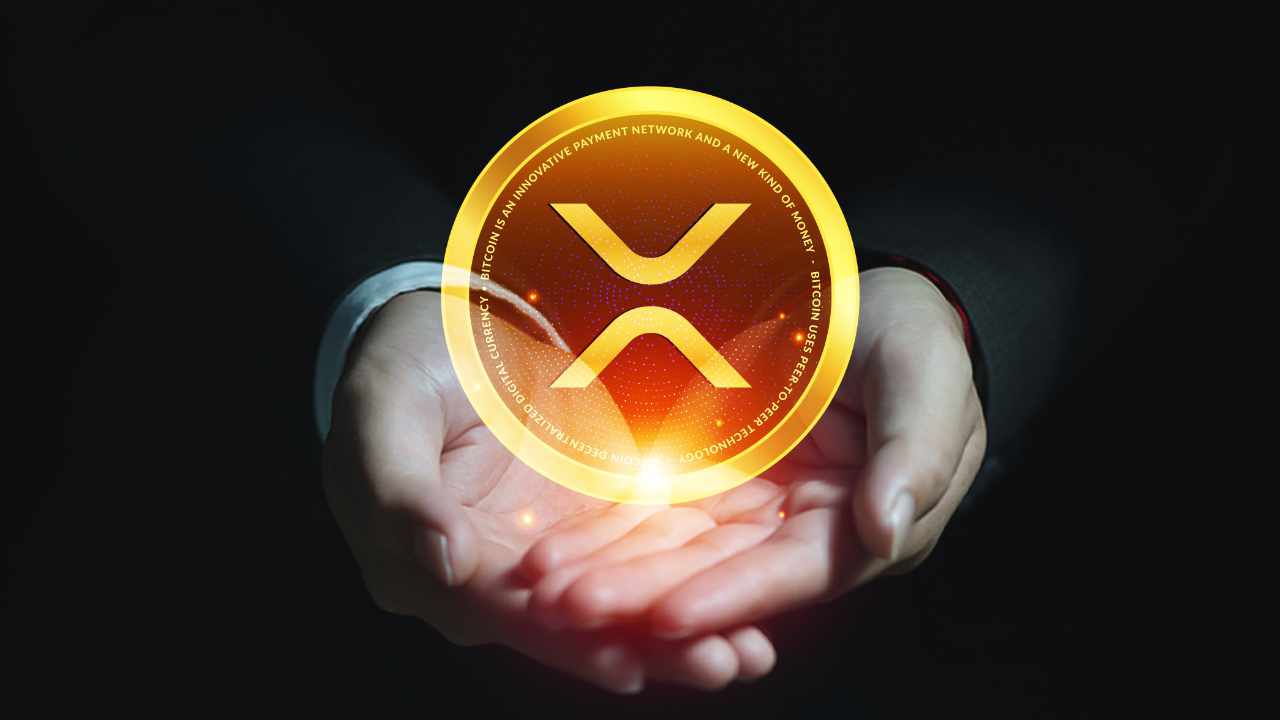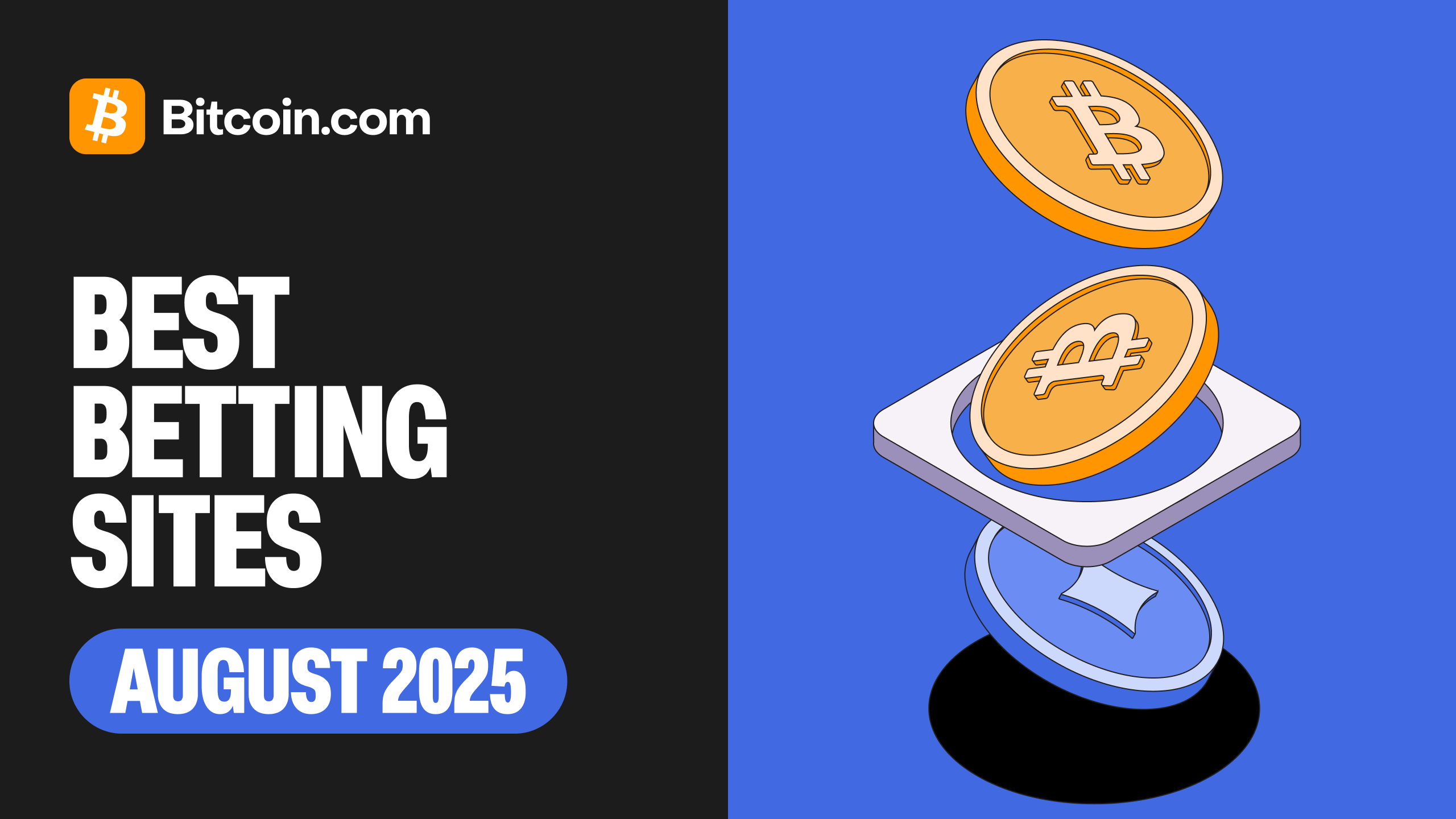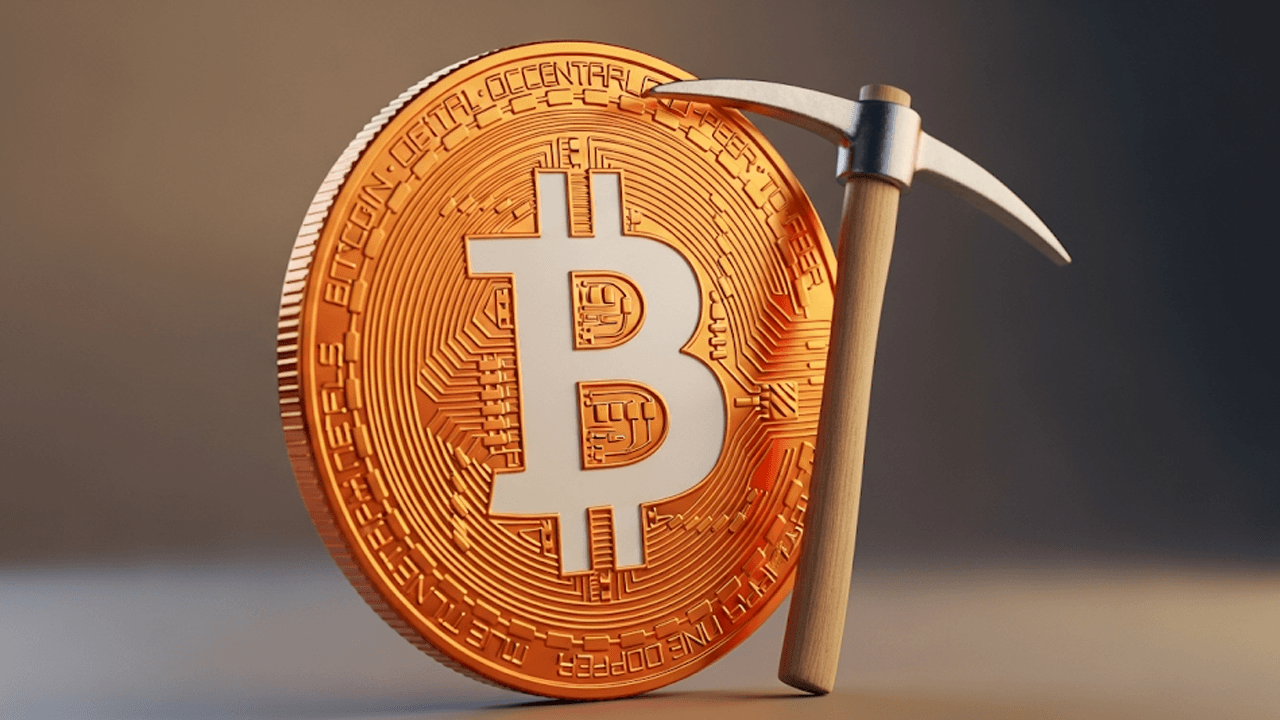The blockchain landscape is at a pivotal juncture where interoperability has transitioned from a technical aspiration to a critical necessity, particularly for institutional finance and decentralized finance (DeFi) applications. Ripple, a stalwart in the cross-border payments sector, has made a significant stride by integrating Wormhole, a leading cross-chain messaging protocol, with the XRP Ledger (XRPL) and its EVM-compatible sidechain. This integration promises to enhance XRP’s utility and relevance, not only for Ripple but across the broader blockchain ecosystem.
The early days of blockchain technology were characterized by isolated networks. Bitcoin, Ethereum, and other blockchains operated in silos, unable to natively transfer value, data, or messages between one another. This fragmentation led to issues such as siloed liquidity, complex composability, and limited interoperability. As DeFi and real-world asset (RWA) tokenization gained momentum, the demand for seamless cross-chain interactions became increasingly urgent. Wormhole emerged as a solution to this challenge, creating a robust bridge protocol that facilitates the flow of assets and messages across dozens of blockchains. This has positioned Wormhole as essential infrastructure for projects seeking a multichain presence and cross-chain application logic.
Ripple’s integration of Wormhole with XRPL is not merely a technical upgrade but a strategic leap forward. This partnership brings several exciting developments to the industry:
1. Expanded Network Reach
The integration connects the XRP Ledger to over 35 leading blockchains, including Ethereum, Solana, and Avalanche. Previously, XRP was largely confined to its own ecosystem. With Wormhole, XRP and XRPL-issued assets can seamlessly move across these networks, while assets from other chains can enter the XRPL ecosystem. This expansion significantly boosts liquidity and provides users with more options.
2. EVM Sidechain Capabilities
Ripple’s EVM-compatible sidechain enables Ethereum-native applications to run on XRPL infrastructure. By integrating Wormhole into this sidechain, developers can create decentralized applications (dApps) that are interoperable with Ethereum and other Wormhole-supported networks. This eliminates the need for developers to overhaul their codebases or learn new tools, allowing them to leverage XRPL’s liquidity and low-latency transactions.
3. Cross-Chain Messaging and Data Transfer
Wormhole’s value extends beyond token transfers; it enables messaging that can trigger smart contract actions and business logic across different networks. Developers can coordinate auctions, escrows, swaps, and permissioned decentralized exchange (DEX) actions across Ethereum, Solana, and XRPL—all within the XRPL environment.
4. Institutional and DeFi Growth
For institutions, reliable and compliant infrastructure is paramount. Ripple’s focus on institutional onboarding and regulatory clarity makes it possible to tokenize and transfer assets, including fiat-backed stablecoins like USDC, across any supported network. DeFi projects can tap into liquidity from users on multiple blockchains, enhancing participation in lending, exchanges, and yield strategies that were previously limited to single-chain ecosystems.
The integration of Wormhole with XRPL has immediate real-world applications:
1. Universal Tokenization and Settlement
Real estate developers can tokenize assets on XRPL and make them instantly available for trading or settlement on other major chains. Investors on Avalanche or Solana can purchase these assets without needing specialized custodians or third-party bridges.
2. Cross-Chain Stablecoin Movement
Stablecoins, which are crucial for both enterprise and retail adoption, can now move seamlessly between chains. As USDC becomes available on XRPL and integrates with Wormhole’s network, it expands the utility of programmable money beyond XRP.
3. Permissioned DEXs and Multi-Chain Auctions
Institutions prioritize control and security. Wormhole’s integration allows for the creation of bespoke, permissioned DEXs with strict compliance, while enabling assets to move between blockchains as permitted. Multi-chain auctions, which previously required complex solutions, are now straightforward.
4. Enhanced Developer Tools and Experience
Developers building on XRPL can use familiar languages, such as Solidity for EVM-compatible dApps, and enhance their projects with cross-chain features and liquidity. This raises the potential for enterprise-grade DeFi, gaming, and payments projects.
The shift toward serious cross-chain interoperability is essential for unlocking blockchain’s potential for genuine composability and choice for users and institutions. No single blockchain will dominate every use case; synergy is necessary for blockchain to fulfill its role as a new operating layer for global finance and commerce.
Ripple, with its focus on institutional adoption, is positioning itself for a future where the boundaries between blockchains blur. XRPL’s strengths—finality, low fees, compliance, and speed—are now complemented by Wormhole’s proven cross-chain infrastructure. This allows assets beyond XRP to thrive on XRPL, attracting liquidity, partners, and use cases at an unprecedented scale.
Moreover, the perception that XRP is limited to payments is dispelled. Its expanded role now includes powering DeFi, RWA tokenization, stablecoin issuance and settlement, and data-driven smart contract integrations across multiple blockchains.
Despite the promising advancements, challenges remain:
– Security: Bridges have been vulnerable to exploits, and Wormhole’s infrastructure, though resilient, remains a target.
– Regulatory Uncertainty: Legal clarity for institutions will lag behind technical advancements, particularly as assets move across jurisdictions.
– User Experience: True cross-chain adoption requires simple, reliable interfaces, which are currently lacking in most bridges.
– Network Effects: It remains to be seen whether developers and liquidity will migrate to XRPL or if entrenched ecosystems will maintain their dominance.
The market has already responded positively to the integration. The Wormhole token surged over 12%, with daily trading volume increasing by 570%, indicating that investors view this as a first-mover advantage. For Ripple and XRPL, this opens the door to increased liquidity, broader asset listings, and a surge in developer activity.
Ripple’s integration with Wormhole transforms XRPL from a trusted value highway into a multichain superhighway, connecting blockchains across DeFi, gaming, institutional finance, and beyond. By prioritizing composability, liquidity, and institutional readiness, Ripple is not just catching up but positioning itself as a central hub for the interconnected, enterprise-scale blockchain world of the future. The playbook has been rewritten: for those building the next era of digital assets, being where the chains connect is crucial—and XRPL is now one of those places.





